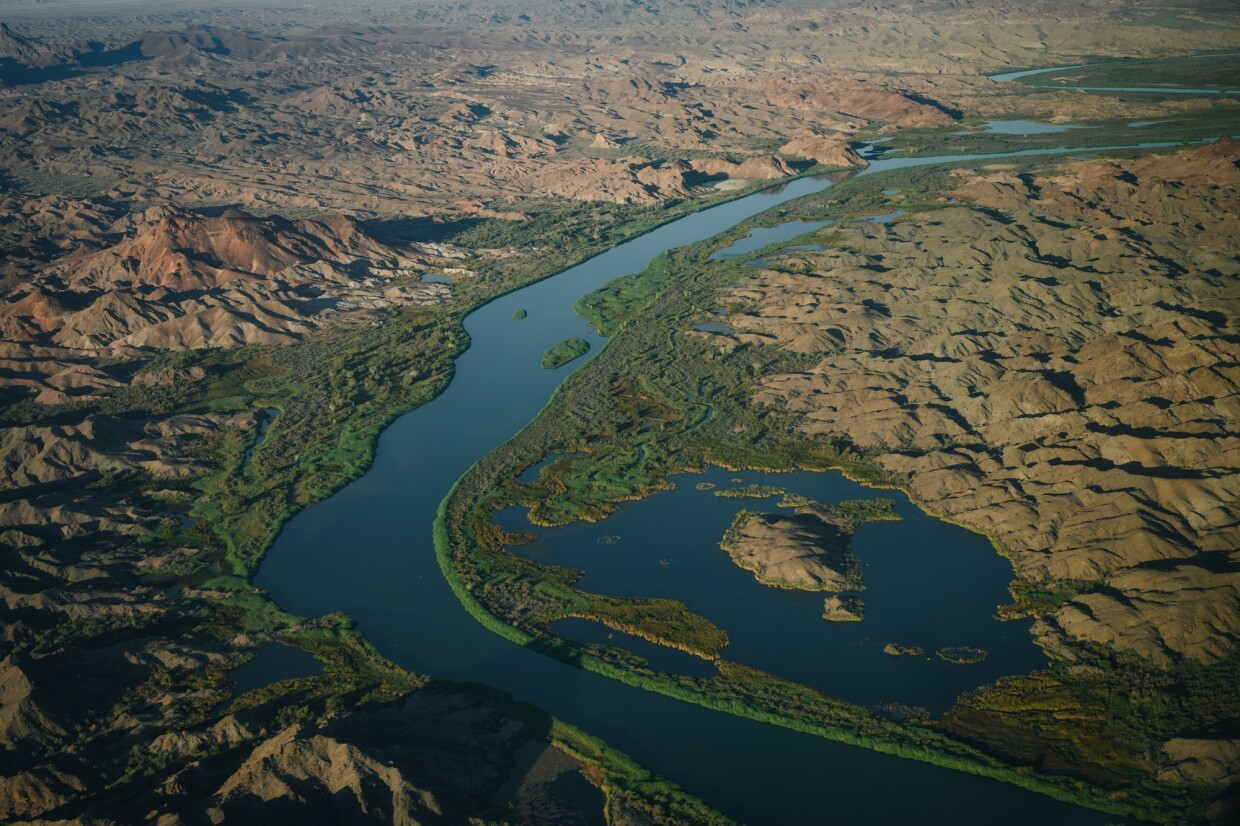
Native American tribes in California are leading a campaign to establish three new national monuments, aiming to protect nearly 1 million acres of ancestral lands and sacred sites. This initiative seeks to preserve cultural heritage, prevent mining activities, and give tribes a stronger voice in land management decisions.
The Kw'tsán National Monument Proposal
The Fort Yuma Quechan Indian Tribe is spearheading efforts to create the Kw'tsán National Monument in eastern Imperial County. This proposed 390,000-acre monument would safeguard an area rich in tribal history and cultural significance.
Donald Medart Jr., a Quechan Tribal Council member, describes the landscape as home to:
- Ancient trail systems used for inter-tribal communication
- Geoglyphs and petroglyphs carved into rock and earth
- Sacred sites like Indian Pass
- Traditional plant medicines and wildlife
"A lot of people see it out there as just rocks and desert, but we truly believe that's our DNA out there," said Quechan Tribe President Jordan Joaquin.
The tribe has long fought against mining operations in the region, which have left lasting scars on the land. By establishing a national monument, they hope to prevent future mining activities and gain co-management authority over the area.
Additional Monument Proposals
Two other Indigenous-led campaigns are pushing for new national monuments in California:
- The Chuckwalla Monument in northern Imperial County
- The Sáttítla Monument in the Northern California highlands
These proposals, along with the Kw'tsán National Monument, have garnered support from local businesses, state legislators, and environmental groups.
Broader Context and Urgency
The push for these new monuments comes amid a larger movement to return control of lands and waters to Indigenous peoples in California. Recent examples include:
- The return of over 2,000 acres along the Klamath River to the Shasta Indian Nation
- The creation of a new marine sanctuary off the Central Coast, co-managed by the Northern Chumash Tribe
With the upcoming presidential election, supporters are urging President Biden to act swiftly in protecting these areas before the end of his term. The administration has previously expanded two national monuments in California following requests from several tribes.
Tribal leaders view these efforts as crucial for preserving their cultural heritage and maintaining their connection to ancestral lands. As Quechan Cultural Committee member Lena Ortega stated, "Our vision is to train our own and manage and monitor our sacred landscapes. Our future depends on how global societies treat their indigenous people."
While the White House has not yet announced plans to act on these monument proposals, tribal leaders remain hopeful. They continue to engage in discussions with administration officials and provide detailed cultural resource reports to support their cause.
For tribes like the Quechan, the establishment of these national monuments would represent a significant step towards reclaiming their role as stewards of the land and ensuring the preservation of their cultural practices for future generations.